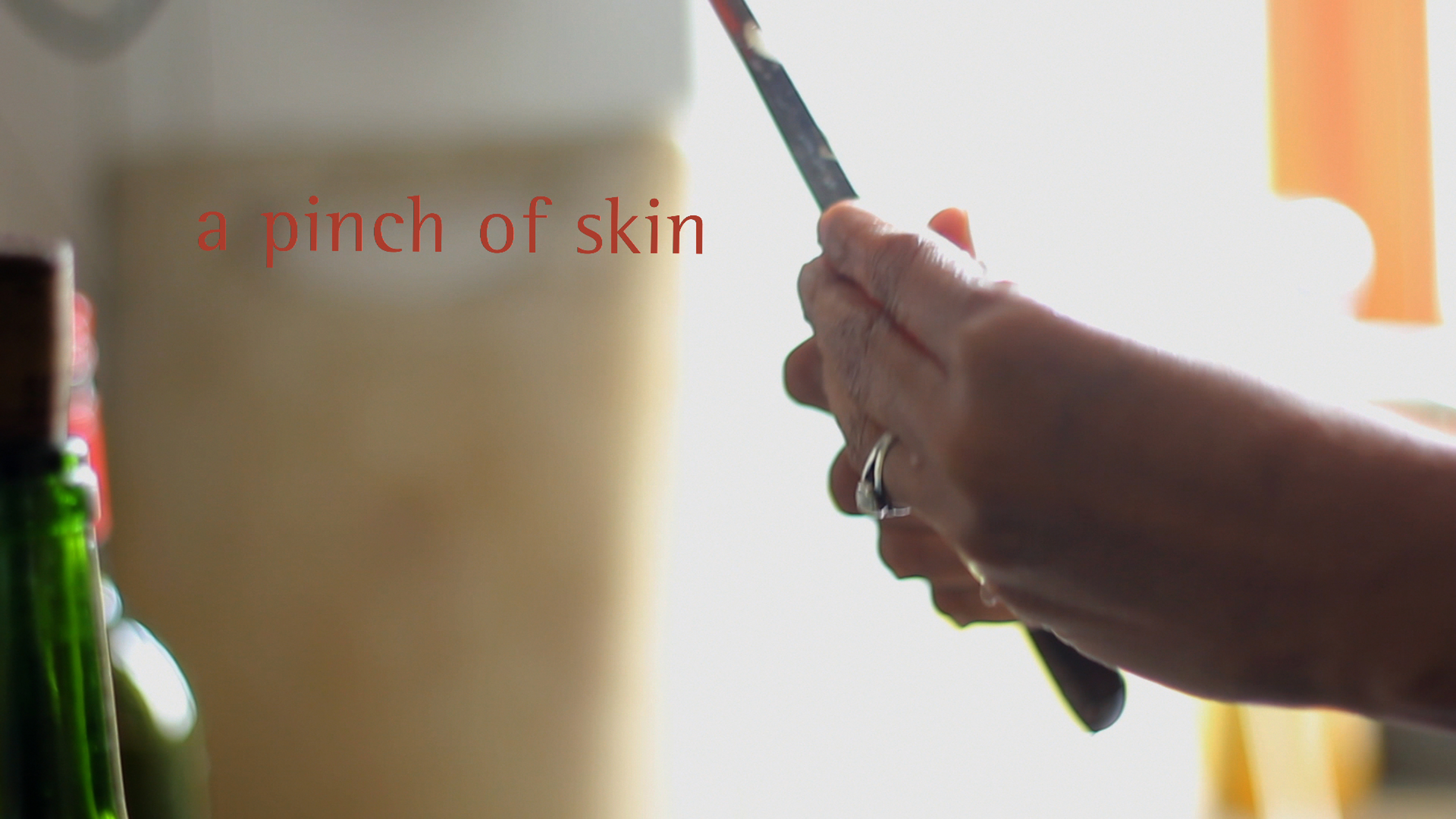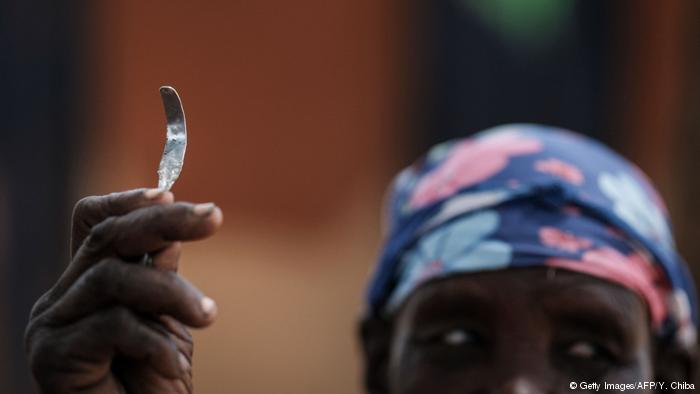Spare the blade
 The one-million-strong Bohra community in India is a small group of a muslim sect called the Ismaili Shias who are believed to have originated in Egypt. In India, they have settled in the western states of Gujarat, Maharashtra and Rajasthan. This group practices female genital mutilation (FGM).
The one-million-strong Bohra community in India is a small group of a muslim sect called the Ismaili Shias who are believed to have originated in Egypt. In India, they have settled in the western states of Gujarat, Maharashtra and Rajasthan. This group practices female genital mutilation (FGM).
Now, a young director from India’s National Institute of Design Priya Goswami has attempted to explore this practice and how it is justified in the name of tradition through her documentary, “A Pinch of skin”. Priya says, “Several Bohra scholars such as Asghar Ali Engineer would point out that FGM is only practiced by the Bohra community and is not an Islamic practice as per Quran”.
What is FGM?
According to the World Health Organization, Female Genital Mutilation is “all procedures that involve partial or total removal of the external female genitalia, or other injury to the female genital organs for non-medical reasons.” It is a clandestine ritual, unlike male circumcision, that all Bohra women undergo, as early as when they are seven years old.
The hood of the clitoris is severed off followed by the application of an antiseptic and an aboriginal medicine called abeer, which helps to cool down the wound. Locally it is also known as Khatna. Normally it is done by the elderly ladies of the house without any medical supervision, using just a sharp razor.
The horror and pain
Priya’s documentary, which was shot with many Bohra women, documents the belief, according to which seven years is the right time to get Khatna done. The logic being that at that, a girl will remember what has happened and practice it on her own child. At the same time, since the child is pre-adolescent, it will spare her from severe physiological complications.
Shamera (name changed on request) is now a young 24-year-old woman residing in Pune. She recounts her frightful day with pain, “I was 7 years old then. It was on a Sunday afternoon, my mother and aunt took me out for an ice-cream. Little did I know that the ice-cream was bait for me to undergo torturous circumcision. After having the ice-cream and on our way back home, I was taken to a distant aunt’s place. All along my mom just told me that today I will be a better girl, as our religion asks us to be.”
She went on: “On entering their house, I found there were 20 other women. Soon I realized they were here to hold me down. Suddenly one among them slipped my panties off and I started to scream as they severed off a part of my body. All I could remember was the massive pain and the blood all around me.”
Medical science disapproves FGM
Every year a hundred Bohra women in India get circumcised. The myth attached to it is, “Once Khatna or circumcision is done, the lady will no longer have any sexual libido but will enjoy having intercourse with her husband. Pune based female gynecologist Dr. Shruti Joshi says, “This is not proved medically. If a woman loses her sexual libido, how can she enjoy the intercourse with her husband? Is he from another planet? In fact, studies done among Egyptian women who have undergone FGM say that such women simply “endured” sex rather than “enjoying” it.
Several medical and psychological hazards are also attached to FGM. “She is in a high risk of catching AIDS and other sexually transmitted diseases because of the unsterilized incision tools. As long as she lives, her scar will remind her of the gruesome pain and psychologically too, she will abhor the process of love-making because it will always remain painful for her,” explains Dr. Joshi.
When society preaches
Historically the tradition emerged because the Bohras were merchants, who had to travel far off places for work. In order that their women did not develop any sexual urges in their absence, they were circumcised. Despite growing awareness, this tradition still seems to dictate the lives of women in the Bohra community.
“A Pinch of Skin” explores this tug of war between what has been ingrained as tradition and modern belief systems. When it comes to following the tradition blindly, all forms of education are sent to the backburner. “Because, be it any religion, more often than not, traditions are not questioned and questioning is not encouraged”, points out Priya.
Religion defames women
Many Bohra women who faced the pain of circumcision still want their daughters and granddaughters to undergo it. Kolkata based sociologist and political thinker Maya Sharma says, “They are afraid of the fact that if the girl is not circumcised then she might land up in illicit relationships. Also, if the one who will first test her virginity- her husband detects no mutilation and rejects the girl because of no khatna then the family will be under grave ignominy.”
FGM is not practiced by all Muslim women and is not Islamic in nature, one cannot remove religion entirely from the gamut of evil practices that differentiates women from men. Maya shares, “Behind any such practice you will find religious indoctrination. For example, Hindu women are not allowed to enter the temples when they menstruate, Christian girls are not allowed to abort and this culture grows because nobody questions religion and traditions!”
Author: Debarati Mukherjee
Editor: Manasi Gopalakrishnan






